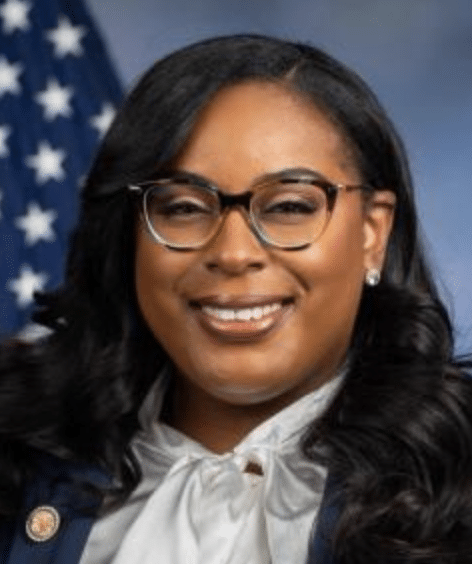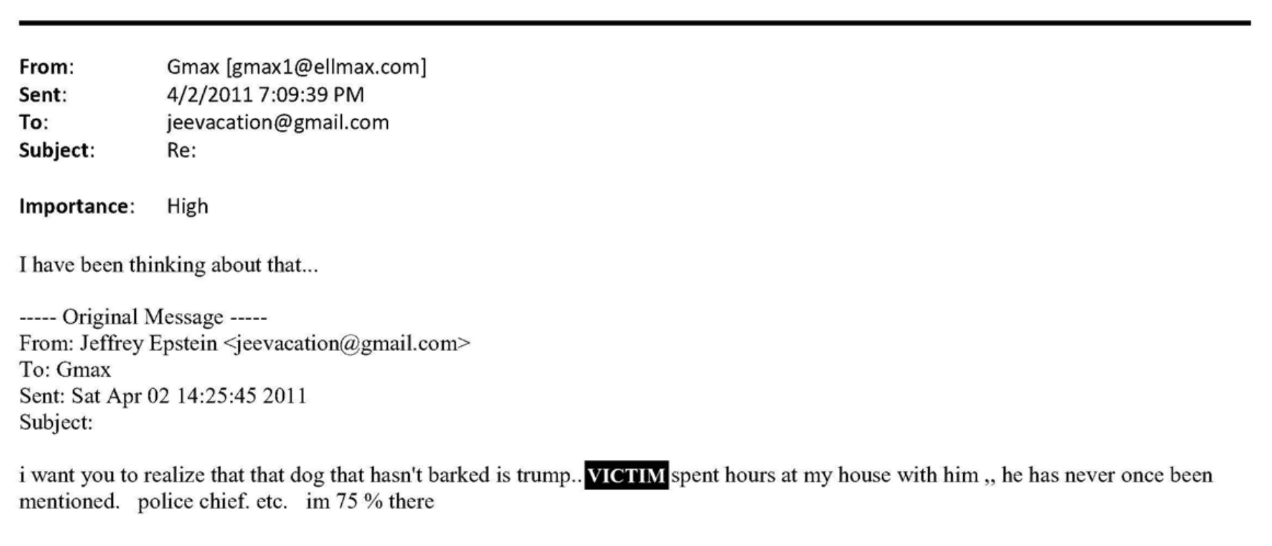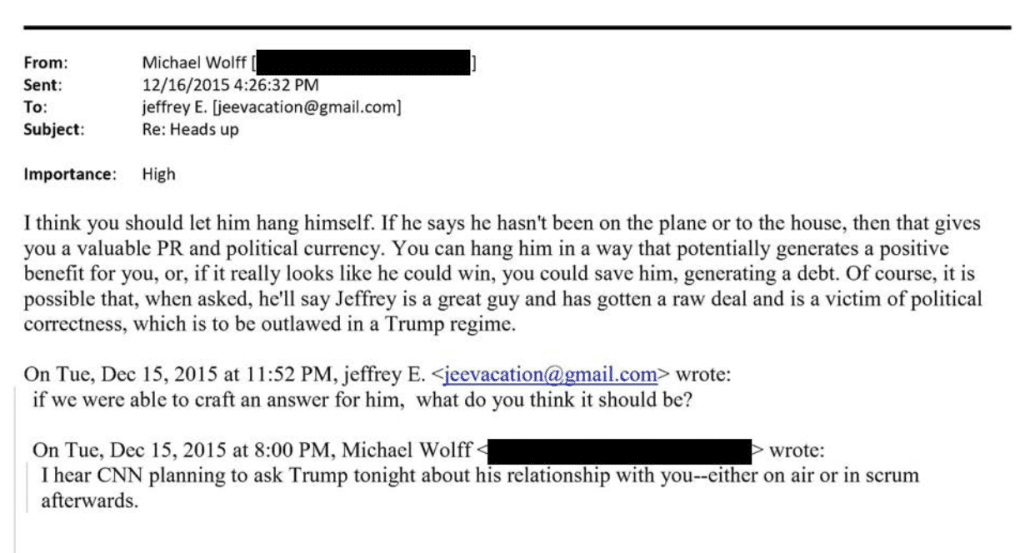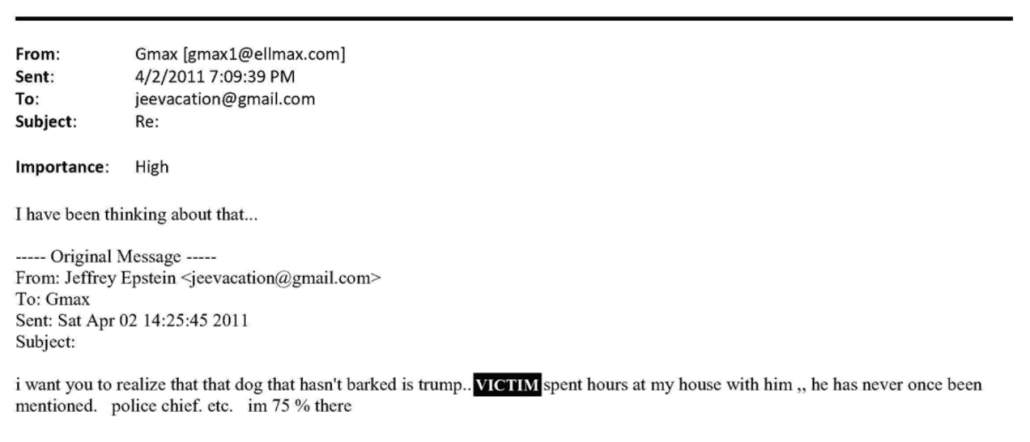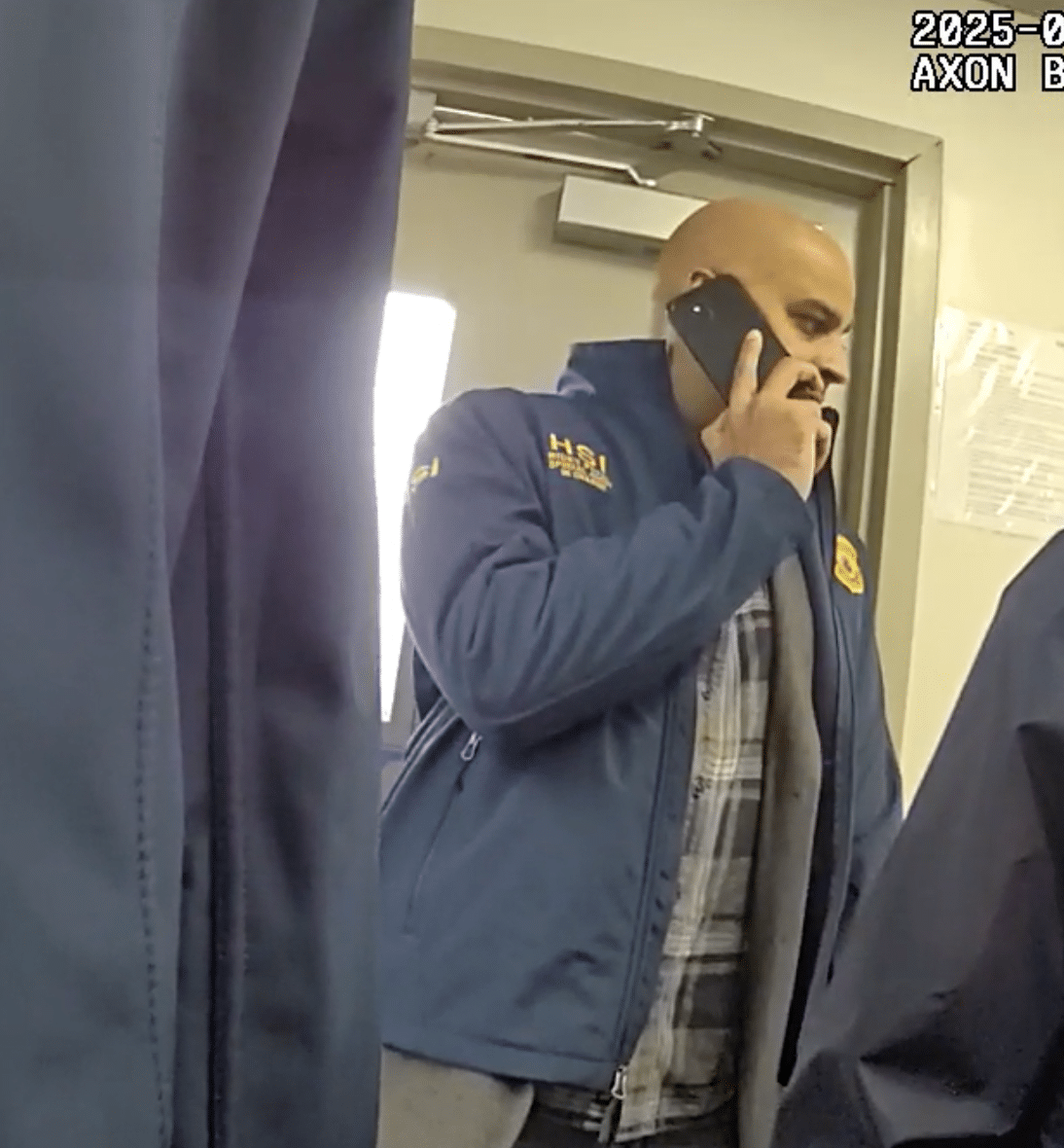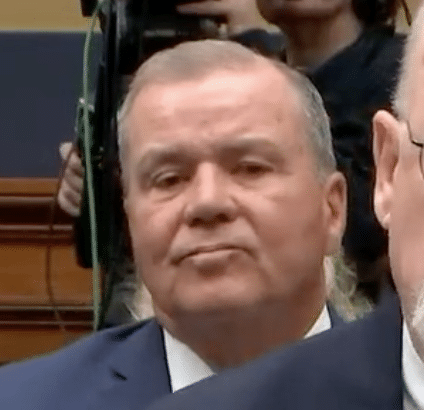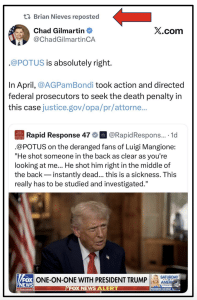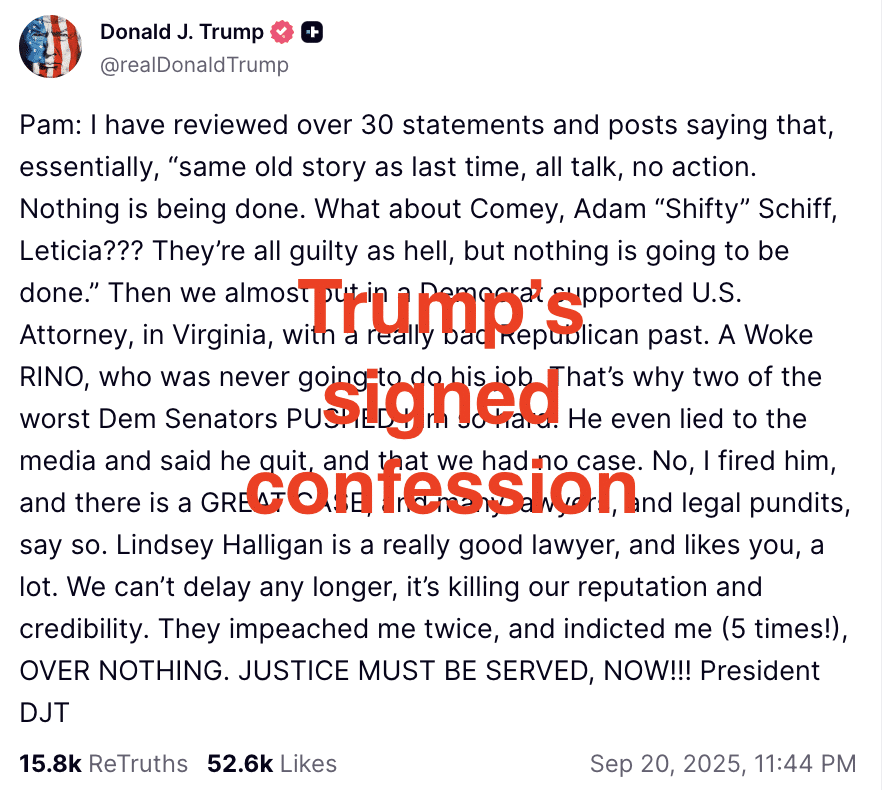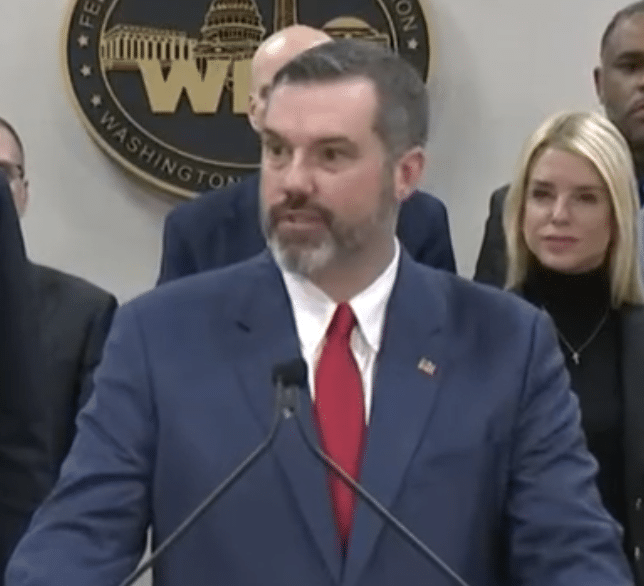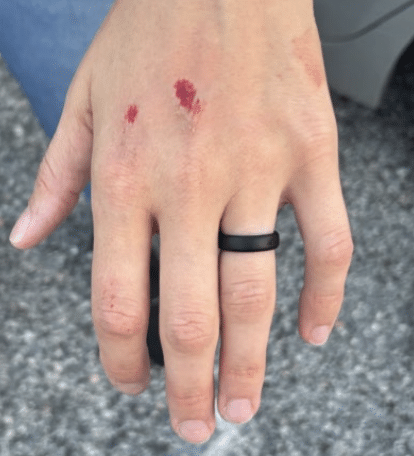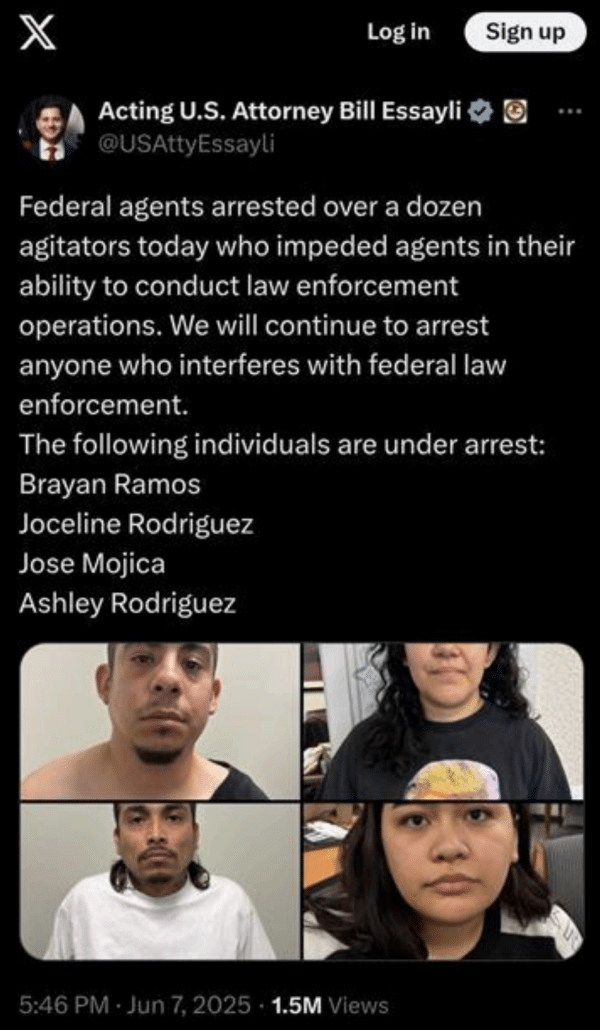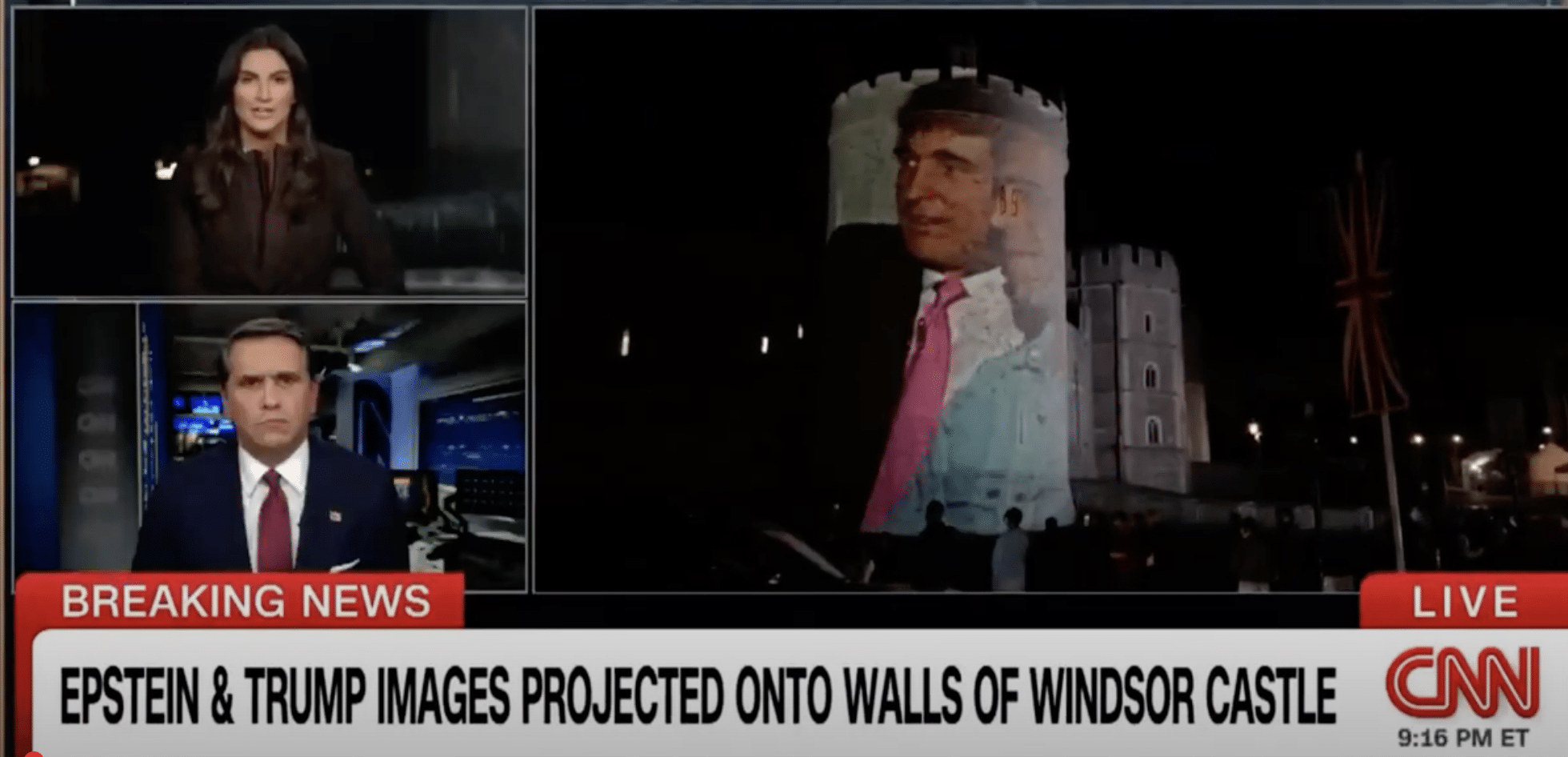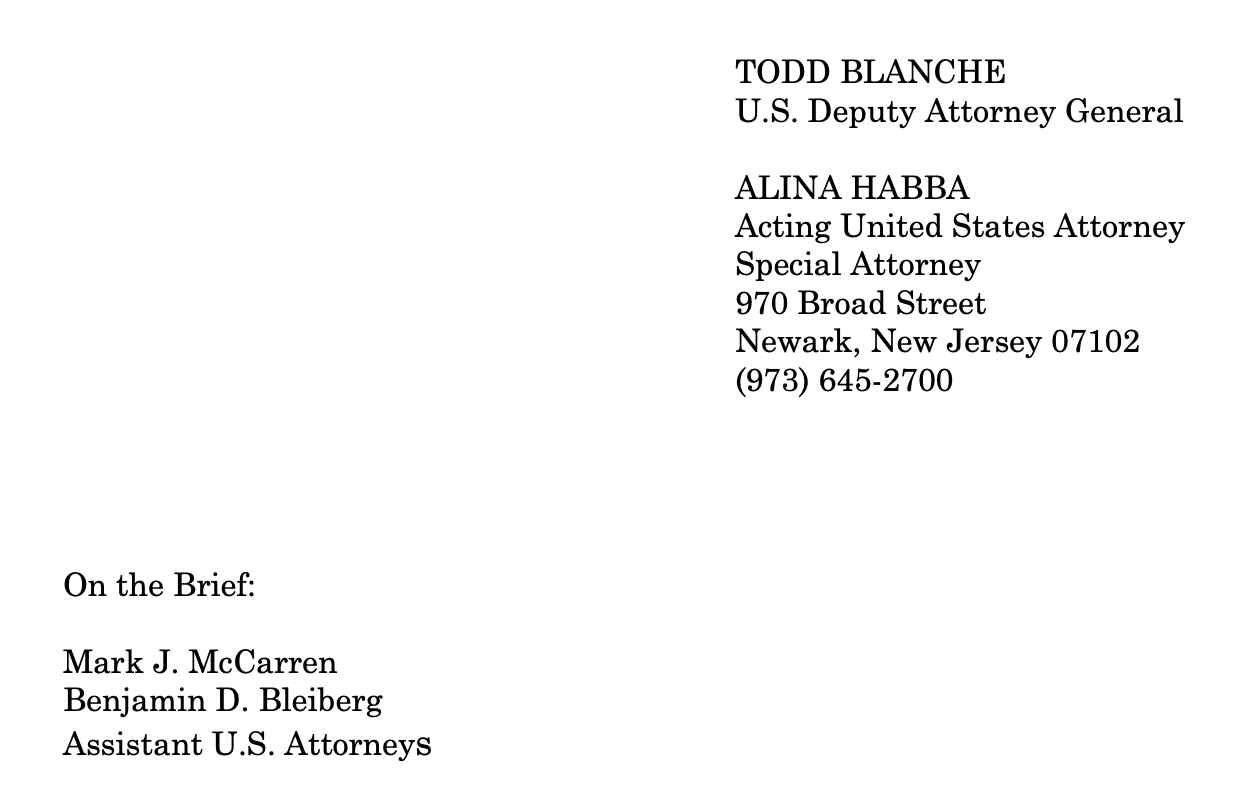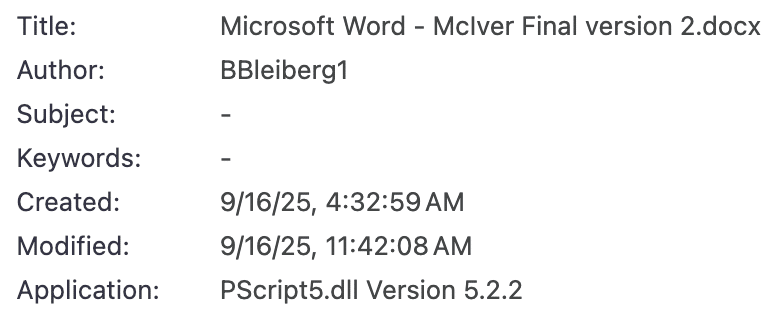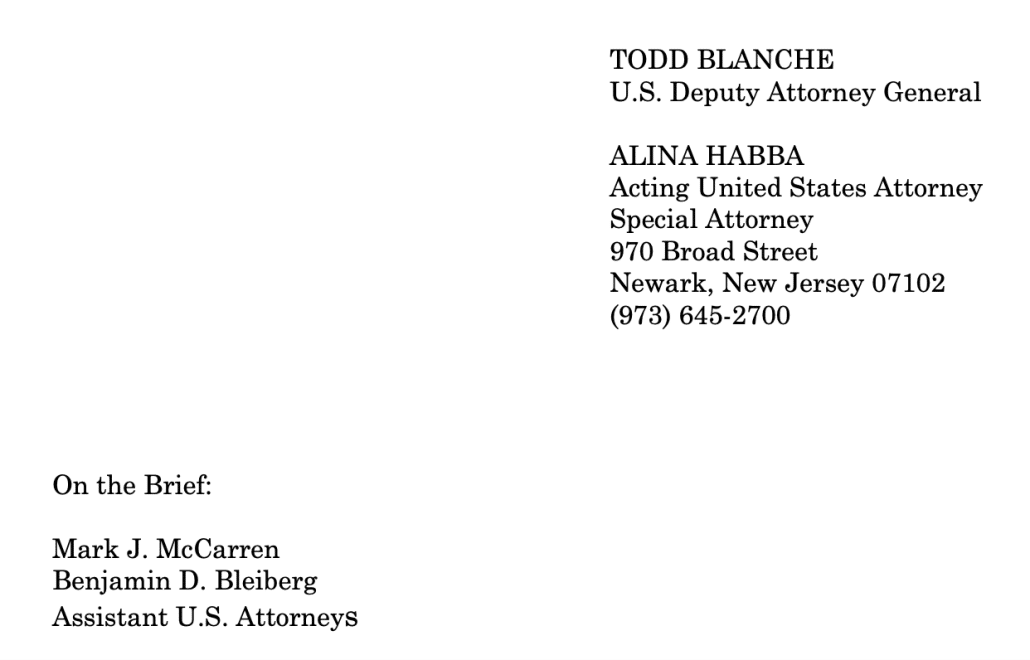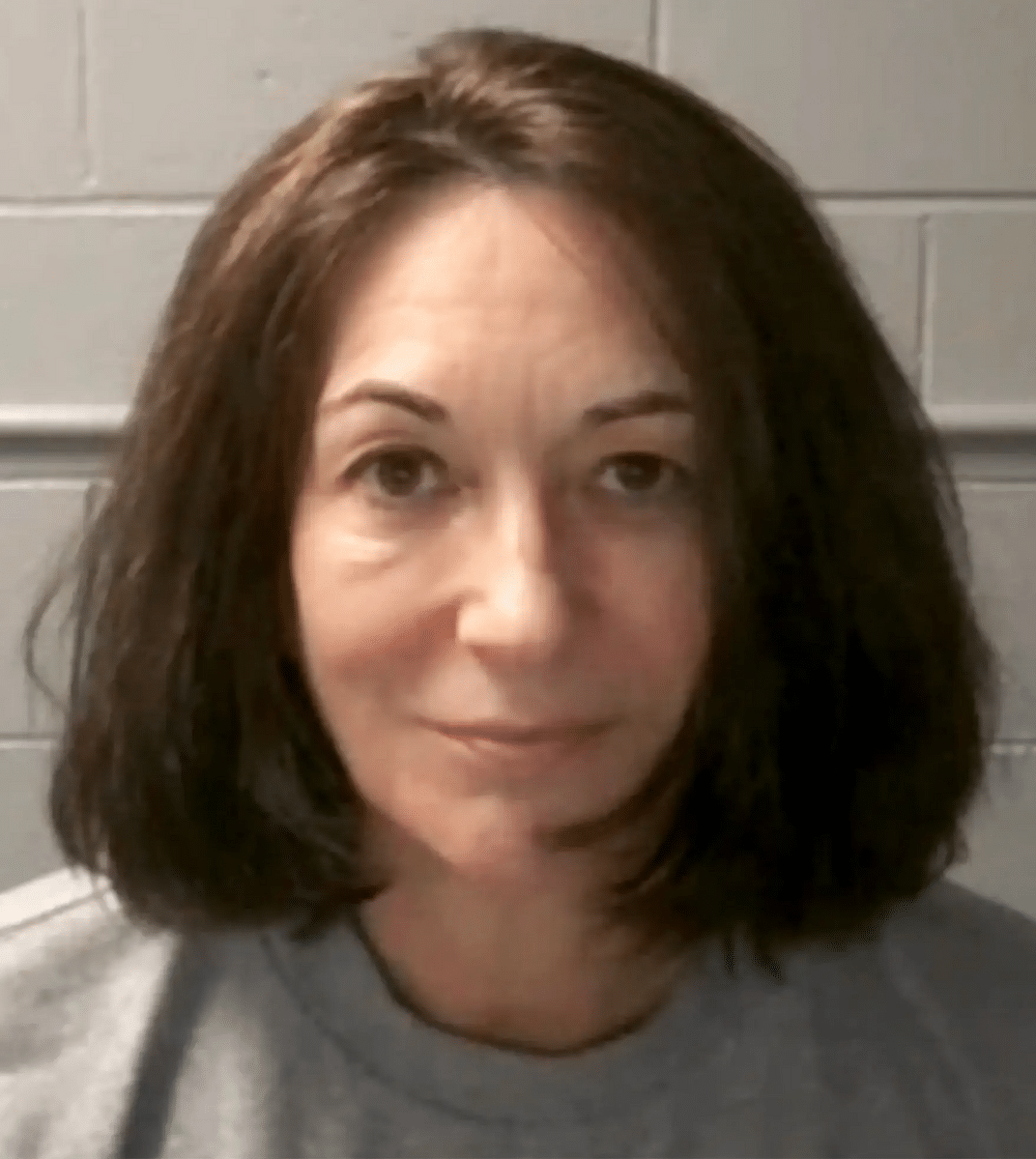Judge Jamel Semper Mostly Denies LaMonica McIver’s Bid to Dismiss Prosecution
Judge Jamel Semper has denied most of LaMonica McIver’s bid to throw out her prosecution, denying her selective and vindictive prosecution claim, as well as a request to obtain more discovery, outright, and dismissing her legislative immunity claim on two of three counts.
Given the precedent, Semper’s ruling on the selective and vindictive prosecution claim is not surprising. What is surprising, however, is the presumption of regularity Judge Semper affords DOJ (and ICE) even after he has had to order DOJ to whack-a-mole remove all the false statements Tricia McLaughlin keeps posting about McIver. He makes no mention, for example, of the evidence showing Todd Blanche ordered Ras Baraka be arrested even though he was no longer on Delaney Hall property.
His analysis of the legislative immunity, however, is less convincing.
He dismisses McIver’s claim that she was present at Delaney Hall for a legislative function — the government concedes the inspection itself is legislative — to an entire trip to DC, some of which did not involve legislative acts.
Defendant further contends that her exercise of congressional authority “comfortably shows that her presence at Delaney Hall was ‘manifestly legislative activity.’” (Mot. I at 17) (emphasis added). The case law does not support Defendant’s broad interpretation. The Third Circuit’s holding in Lee is instructive, where the court declined to find that the entirety of a legislator’s fact-finding trip was protected by the Speech or Debate Clause. See 775 F.2d at 522. There, a legislator from the Virgin Islands argued that the conversations and meetings that took place during a trip he took to New York and Washington, D.C. were entitled to immunity because the purpose of his trip was for legislative fact-finding.19 See id. The Court disagreed. In rejecting his argument as too broad, it found that for “conversations to trigger the protection of legislative immunity, they must have involved legislative fact-finding.” Id. The Court wrote that “it is Senator Lee’s purpose or motive that will determine in part whether the trip was a legislative act at all” and ordered the district court to examine “which acts were proper legislative acts and which were personal and non-legislative acts.” Id. at 522, 524.
19 The defendant in Lee had received approval from the President of the Virgin Islands legislature for a legislative fact-finding trip to New York and Washington, D.C. to conduct meetings and discuss such official legislative business as consumer affairs, interior matters and issues involving transportation. See 775 F.2d at 517. An investigation by law enforcement later revealed that many of the meetings with government officials he claimed took place did not in fact happen. See id.
But before and after the fracas, McIver was simply trying to do that inspection. The kidnapping of Baraka was ICE’s response to that.
Even with Count Two, which criminalizes McIver’s response after an ICE guy grabbed her, Semper dodges by saying the record about her motive to return onto Delaney Hall premises where she conducted the inspection she originally came for remains uncertain. He does so even though he describes the ICE guy initiating physical contact.
Surveillance video shows that as Defendant and Representative-2 tried to reenter the facility through the Security Gate, V-2 blocked Defendant from entering by forcibly pushing her back into the public parking lot, and Defendant responded by pushing V-2 in return. (Id., 1:28:08-21.) Defendant was only able to reenter the facility when Representative-2 wrapped his arms around her and pulled her through the Security Gate. (Id., 1:28:15-24.) Defendant and the Representatives were subsequently allowed to conduct their congressional oversight inspection of Delaney Hall later that day.10 (Mot. I at 11.)
[snip]
As Defendant attempted to reenter the facility through the Security Gate, V-2 forcibly pushed Defendant back into the public parking lot before Defendant pushed V-2 in response. 25 (Id., 1:28:10-1:28:20.) The indictment alleges Defendant “pushed past V-2 while using each of her forearms to forcibly strike V-2 as she returned inside of the secured area of Delaney Hall.” (Ind., Count 2 ¶ 3.) Defendant successfully reentered the facility after Representative-2 wrapped his arms around her and pulled her through the Security Gate, as the agents kept protestors from entering the Security Gate. (Def. Ex. A, 1:28:20-1:28:25.) Following her reentry into the secured area of Delaney Hall, Defendant and the Representatives were allowed to conduct their inspection of the facility. (Mot. I. at 11.)
25 Surveillance video reveals a dynamic situation where V-2 struggled through a crowd of hostile protestors before encountering Defendant at the Security Gate. (See generally Def. Ex. I.) The Court makes no finding on V-2’s intent when he forcibly pushed Defendant as she lawfully tried to reenter the Security Gate. While the inchoate record does not allow for a determination of Defendant’s predominate purpose upon reentry into the Security Gate, it is axiomatic that Defendant’s statutory right to enter and inspect the facility could not be infringed, even if mistakenly, by V-2. Upon completion of the record, Count Two will be subjected to scrutiny.
[snip]
Discovery is ongoing, and the parties are in process of reviewing two hours of complete video from the inspection. 26 The facts surrounding that inspection are relevant to Defendant’s motive in reentering the facility in Count Two, and whether her intent was related to her oversight duties. 27
26 The Government is in the process of turning over the complete set of surveillance footage from the Members’ tour, which took place after the subject incident. (See Tr. at 20:1-14.)
27 A Member of Congress may only “be prosecuted under a criminal statute provided that the Government’s case does not rely on legislative acts or the motivation for legislative acts.” Helstoski, 442 U.S. at 487-88.
He’s describing law enforcement assaulting a member of Congress as she tries to do her job and that doesn’t qualify for legislative immunity?
Likewise, Semper dismissed her claim that Trump v. US stands for the principle that if Trump’s motives while attacking Congress cannot be scrutinized, then hers cannot either with no consideration that Speech and Debate has more Constitutional protection than Trump’s Executive authority.
Finally, Defendant suggests that inquiry into Defendant’s motives “would raise significant separation-of-powers concerns considering Trump’s holding that courts evaluating claims of presidential immunity emphatically ‘may not inquire into the President’s motives.’” (Mot. I. at 20) (emphasis in original) (quoting Trump v. United States, 603 U.S. 593, 618 (2024)). Defendant asks this Court to extend the Supreme Court’s ruling on presidential immunity to the area of legislative immunity. But these are two separate immunities applicable to two separate branches of government, scrutinized under two separate legalstandards. Article I of the Constitution confers legislative immunity for speech or debate, which the courts have interpreted and developed through case law, while the presidential immunity doctrine is a court-created doctrine derived from the executive’s Article II powers. See Youngstown Sheet & Tube Co. v. Sawyer, 343 U.S. 579 (1952); see also Nixon v. Fitzgerald, 457 U.S. 731 (1982). Moreover, the question of whether the President engages in “official action” is a distinct inquiry from whether a Member of Congress was engaging in a legislative act. Trump, 603 U.S. at 617.
To be fair, he can afford to err on the side of conservatism. This challenge (but not the selective and vindictive one) is entitled to interlocutory appeal. So the Third Circuit — with Emil Bove safely installed — will review this before any trial.
11 The Court’s decision regarding Defendant’s immunity under the Speech Clause is subject to immediate appeal under the collateral order doctrine. See Helstoski v. Meanor, 442 U.S. 500, 506– 08 (1979). See also United States v. McDade, 28 F.3d 283, 288 (3d Cir. 1994) (“[W]e have jurisdiction to entertain the defendant’s claim that the Speech or Debate Clause requires dismissal of the entire indictment or particular charges contained in the indictment.”).
And by then, McIver may have a more fulsome understanding of what was happening elsewhere at the facility.
As of now, though, Judge Semper has ruled that immunity doesn’t attach when ICE goons stage a kidnapping in the middle of an attempt to exercise legislative oversight.
That seems like a problem.

